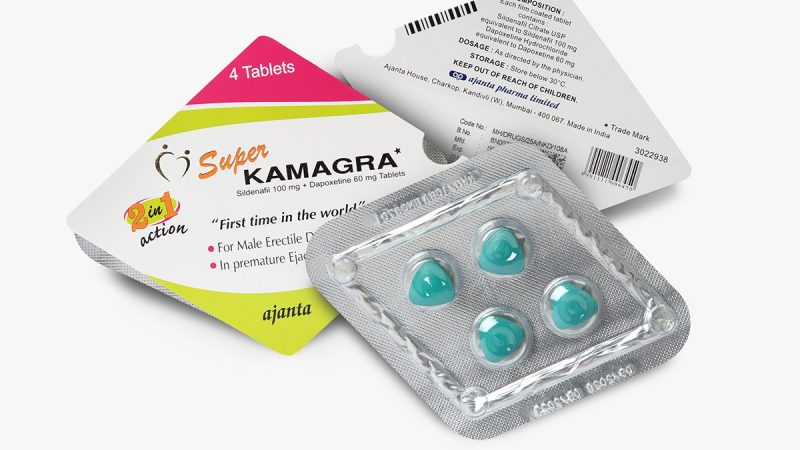Can You Use Botox Injections to Relieve Pain?

Botox is a popular treatment when it comes to cosmetic enhancement processes that need no introduction. They are normally used to decrease the appearance of facial wrinkles and lines. However, Botox injections can also help treat muscular pain conditions and disorders. If you struggle with pain due to neuromuscular disorders such as migraines and sciatica that are unresponsive to other medications, Stanley Mathew md can help through Botox injections. Here is an exclusive look at Botox injections and if they are effective in relieving neuromuscular pain.
How Does Botox Cause Pain Relief?
Botox treatment for pain relief involves the injection of Botox into the problematic muscles. In pain relief, health providers use a diluted form of botulinum toxin type a. A small amount of diluted toxin is safe for injection into the muscles to relieve the pain linked to neuromuscular disorders. The toxin induces a level of paralysis by blocking acetylcholine. This blocks the pain response signals sent by the nerves to your brain. It is hence effective in relieving the pain caused by various conditions such as sciatica.
Botox might be injected into your neck, lower back, or face depending on your location of muscle pain. While Botox is not a permanent solution for treating pain, the relief might last for around 3 to 6 months. This necessitates periodic injections for continued relief.
What Conditions Can Botox Help to Relieve Pain?
Botox injections are used in treating many neuromuscular conditions. These include; spasticity, which causes muscle stiffness, dystonia or involuntary muscle contractions, and chronic migraines. For migraines, Botox is injected in specific sections of the neck and head muscles.
Other conditions that can be treated with Botox injections include; eye twitches, bladder dysfunction, sciatica, hyperhidrosis, excessive sweating, and arthritis.
However, not all muscle-related pain can be treated with Botox. In most cases, temporal pain relief does not necessarily guarantee long-lasting relief. Therefore, your doctor might recommend Botox as a part of an extensive treatment plan that often includes physical therapy, medication, and other injectables.
What To Expect During Botox Treatment
When you undertake Botox for pain relief, your health specialist will ask you to contract your muscles to help identify the treatment sites. You will discuss your symptoms with them to help identify the affected muscles. After establishing the right location for Botox injection, your doctor will give the injection. The injections normally contain a mixture of a local anesthetic and botulinum toxin.
About five and ten injections will be injected to relax the tense muscles effectively. This procedure normally takes around five minutes. After the Botox injection, you might experience mild side effects such as bruising, swelling, and a bit of pain. However, these are short-term and will resolve quickly.
Ultimately, Botox injection into muscles can effectively prevent or reduce spasms and decrease the pain you experience. While Botox cannot cure your condition, you can get repeated treatments to ensure continued pain management. However, finding the right specialist when considering Botox for pain is vital. Generally, Botox is safe when administered by an experienced healthcare provider.







